PVC Water Stopper with Centre Bulb 230 x 5 mm
Price 95 INR/ Meter
PVC Water Stopper with Centre Bulb 230 x 5 mm Specification
- Usage
- The PVC water stopper acts as a sealant at RCC Masonry concrete joints alongside preventing any water seepage through the joints.
- Type
- Center Bulb
- Size
- 150,200x230,240,250 and 300
- Product Type
- Center Bulb
- Application
- Application in construction industry The PVC water stopper acts as a sealant at RCC Masonry concrete joints alongside preventing any water seepage through the joints. PVC Water Stopper Manufacturer The PVC water stoppers can withstand expansion or contraction movements at the joints. Also, they can effectively take care of displacement or deflection that arises due to temperature, differential settlement of foundations and geo disturbances causing seismic forces such as earthquakes. This eliminates any risk of cracks. Selection of appropriate PVC water stopper Ribbed Type It has a multi-purpose water stopper design to be used for the expected differential settlement of poured concrete and a firm concrete grip desired. Dumbbell Type With greater variation in temperature, expansion and contraction of joints happen. Dumbbell type water stoppers are the suggested ones for these cases. Kicker (Surface Type) Where the embedded types cannot be used owing to interference of steel reinforcement, these are pl
- Color
- Black, White and Blue
- Hardness
- 68 Shore A
PVC Water Stopper with Centre Bulb 230 x 5 mm Trade Information
- Minimum Order Quantity
- 100 Meter
- Supply Ability
- 2000 Per Day
- Delivery Time
- 7 Days
- Sample Available
- Yes
- Sample Policy
- If order is confirmed we will reimburse the sample cost
- Packaging Details
- Export Packing Date:02.09.2023 Dimension in CBM PVC Water Stopper with Center Bulb Each Roll 25Mtr SR No Dimension Length Width Height CBM Weight kg/Roll 1 150x5mm 0.625 0.625 0.150 0.059 40 2 150x6mm 0.625 0.625 0.150 0.059 45 3 150x8mm 0.625 0.625 0.150 0.059 55 4 200x8mm 0.625 0.625 0.200 0.059 60 5 200x10mm 0.65 0.65 0.200 0.078 64 6 225x5mm 0.625 0.625 0.23 0.090 65 7 225x6mm 0.625 0.625 0.230 0.090 70 8 225x8mm 0.65 0.65 0.230 0.097 90 9 225x10mm 0.65 0.65 0.230 0.097 100 10 240x8mm 0.65 0.650 0.240 0.104 110 11 240x10mm 0.650 0.650 0.240 0.104 125 12 250x8mm 0.675 0.675 0.250 0.114 95 13 250x10mm 0.675 0.675 0.250 0.114 115 14 300x6mm 0.700 0.700 0.300 0.147 95 15 300x8mm 0.725 0..725 0.300 0.158 115 16 300x10mm 0.750 0.750 0.300 0.169 140 17 300x12mm 0.775 0.775 0.300 0.18 140 18 300x15mm 0.800 0.800 0.300 0.192 160 Kiker Type 19 230x4mm 0.625 0.625 0.230 0.090 67 Dumbbell Type 20 230x8mm 0.650 0.650 0.230 0.097 87 21 230x10mm 0.650 0.650 0.230 0.097 100
- Main Export Market(s)
- Asia
- Main Domestic Market
- All India
- Certifications
- ISO 9001 2015
About PVC Water Stopper with Centre Bulb 230 x 5 mm
Sandhya Enterprises are one of the top manufacturers in India. Water Stoppers are the flexible plastic strips that are used to provide a physical barrier to water. The barriers can be at concrete joints in basements, water-retaining structures like water tanks, swimming pools, structural foundations and other constructions of below ground level. Water stoppers are also known as water bars and seal construction joints. In a typical water stopper, there are two identical halves on both sides of the central bulb. They serve as an additional extension aiming to increase the path length for water entering behind the edge of water stopper.
Compounding of PVC Water Stopper
Anti-ageing customized plastic compound is used for manufacturing the water stoppers. Alongside, it has PVC as a base polymer. Moreover, the properties it exhibit are high elasticity and tensile strength, immunity to corrosion, excellent weather resistance, unaffected by acids, alkalis, metals, salts and other chemicals. Other properties include lower water absorption, high hydrostatic pressure withstanding capacity, heavy turbine shock bearing alongside earthquakes and floods.
Application in construction industry
- The PVC water stopper acts as a sealant at RCC Masonry concrete joints alongside preventing any water seepage through the joints.
-
A PVC water stopper is a type of construction material used to prevent the passage of water through joints or gaps in structures such as concrete walls, floors, or basements. It is commonly used in applications where water leakage needs to be controlled or prevented, such as in swimming pools, water tanks, tunnels, or underground structures.
PVC water stoppers are made from polyvinyl chloride (PVC), a durable and flexible plastic material. They are designed in various shapes and sizes to accommodate different joint configurations and construction requirements. The most common types of PVC water stoppers include:
1. Straight Water Stopper: This type of water stopper is used in straight joints or construction joints where two concrete sections meet. It provides a barrier against water infiltration.
2. Internal and External Corners: These water stoppers are specifically designed to fit into the internal and external corners of joints, ensuring a watertight seal at these critical areas.
3. Bulb-Type Water Stopper: This water stopper features a bulbous shape that provides additional flexibility and sealing capacity. It is suitable for applications where joints are subject to movement or expansion.
4. Ribbed Water Stopper: Ribbed water stoppers have a ribbed surface that enhances the grip and bonding with concrete. This type of water stopper offers excellent sealing capabilities and is commonly used in high-pressure water applications.
PVC water stoppers are typically installed during the concrete pouring process. They are embedded within the joints, ensuring a secure and watertight seal. The flexibility of PVC allows the water stopper to accommodate movement or settling of the surrounding structures without compromising its sealing properties.
It is important to follow the manufacturer's guidelines and consult with a qualified engineer or contractor for the appropriate selection and installation of PVC water stoppers based on the specific project requirements.
-
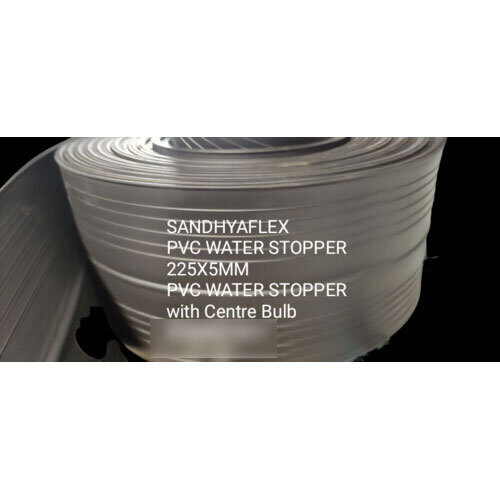
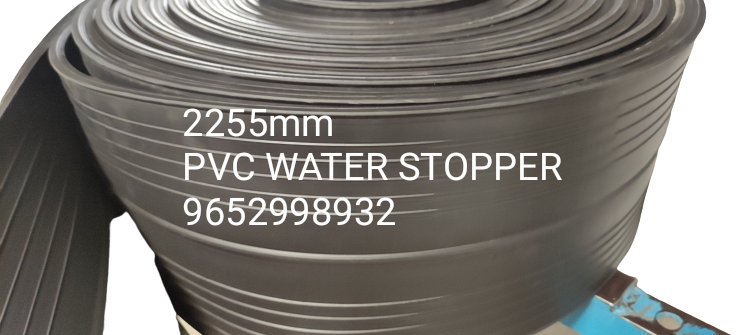
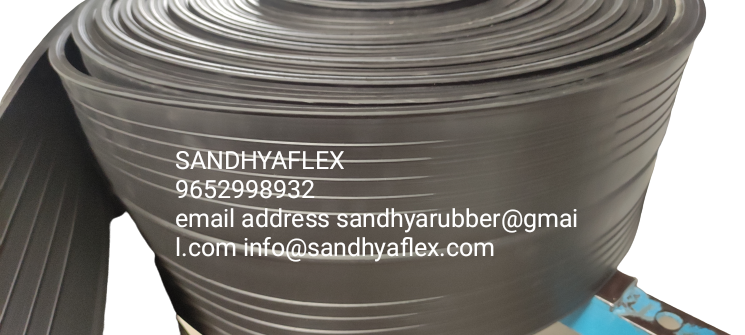
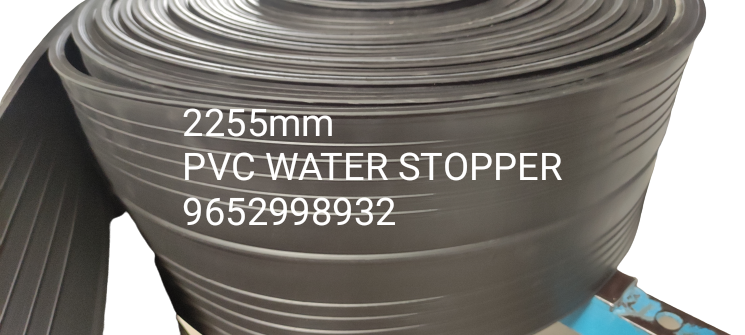
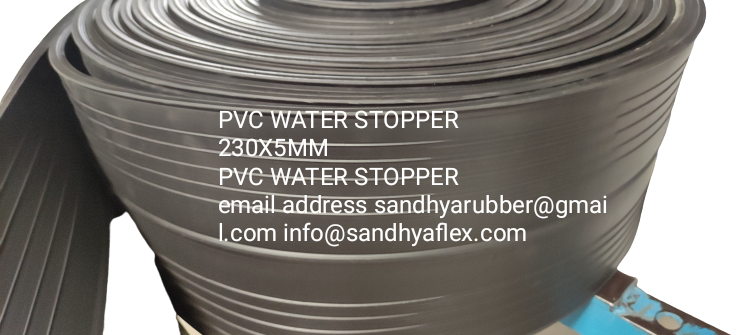
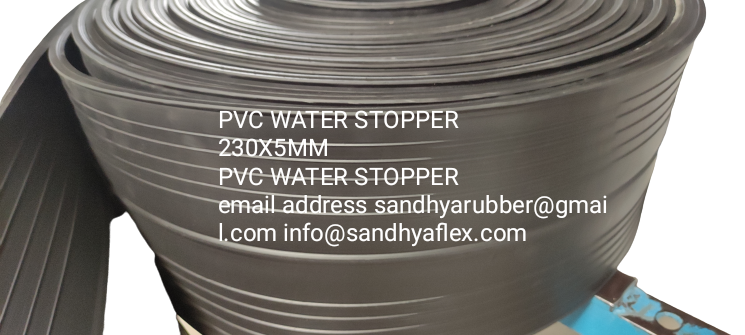

Price:
- 50
- 100
- 200
- 250
- 500
- 1000+
More Products in PVC Water Stopper Category
Concrete Joint Seal 230*6mm
Price 135.0 INR / Meter
Minimum Order Quantity : 1 Meter
Color : Black
Material : PVC
Size : 230*6mm
pvcwater stopper300x10mm
Price 250.0 INR / Meter
Minimum Order Quantity : 1 Meter
Color : Black
Material : PVC
Size : 300x10mm
Application : Industrial
PVC Water Stopper 230*5mm
Price 125.00 INR / Meter
Minimum Order Quantity : 1 Meter
Color : Black
Material : PVC Rubber
Size : 230*5mm
Application : PVC Water stopper
pvc water stopper 8mm
Price 115.00 INR / Meter
Minimum Order Quantity : 1 Meter
Color : Black
Material : PVC Rubber
Size : 150*10mm
Application : Irrigation Project

 Send Inquiry
Send Inquiry
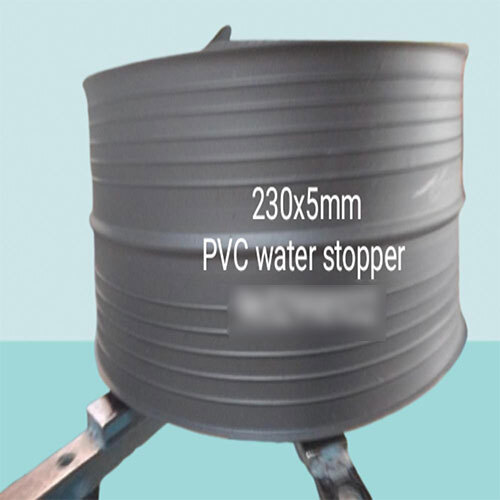
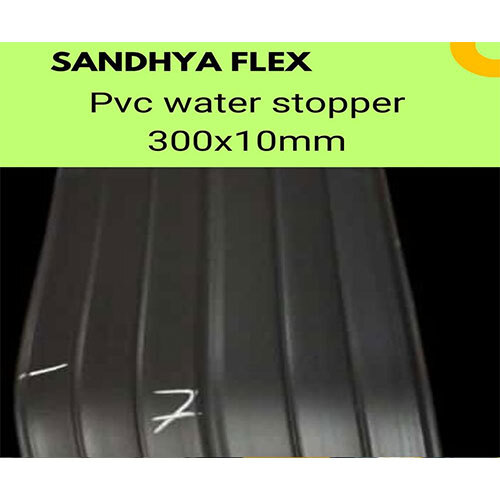
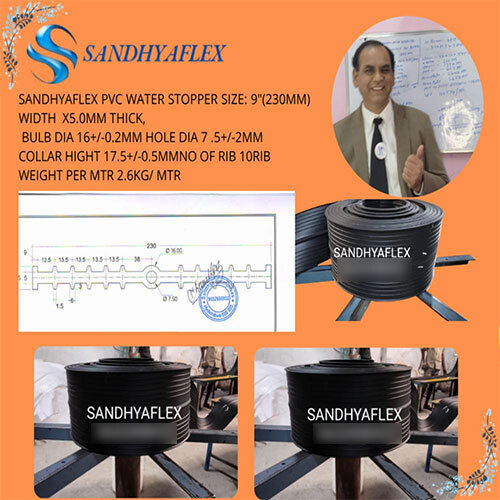
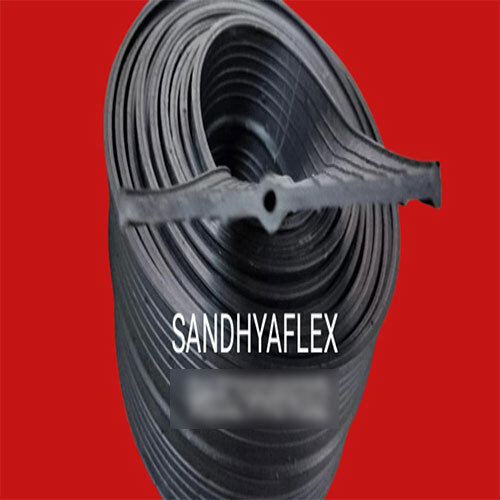


 Send Inquiry
Send Inquiry Send SMS
Send SMS Call Me Free
Call Me Free